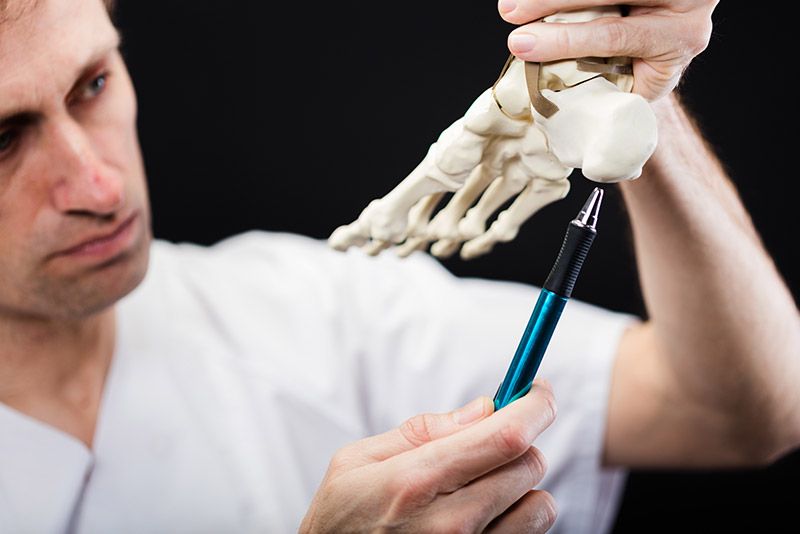Bone Spurs
A bone spur is an abnormal projection of bone from an existing bone. There is not a joint that a bone spur cannot find.
Bone spurs affect millions of people in the form of osteoarthritis, plantar fasciitis, and other bone and tendon disorders.
A bone spur occurs due to chronic damage to a joint, tendon, or bone. Damage comes from high-impact exercise, use over time, or specific traumas.
They often cause pain in surrounding areas and can progress over time without treatment.

Causes and Risk Factors
Bone spurs are often due to an associated diagnosis of osteoarthritis. Although, many other factors can contribute such as excessive body weight, high-impact exercise, walking or standing on hard surfaces, previous injuries, and more.
Symptoms
Signs and symptoms can vary depending upon the area in your body that is affected. Some people experience only pain as a symptom. This is often the case when a bone spur affects a patient’s heel. There are places that bone spurs can cause more severe pain and concerning symptoms. Bone spurs in your spine can cause nerve pain down your legs. Bone spurs in your shoulder can be traumatic to the rotator cuff, causing pain, weakness, and other symptoms.
Diagnosis
Bone spurs are seen with X-ray and can be seen in other imaging modalities such as CT scan, MRI, and ultrasound.
Treatments
While bone spurs can be anywhere, most people have them and never know. If you do have symptoms caused by a bone spur, there are options and therapies available. Some areas require cortisone injection, PRP injections, bracing, or even surgery. Each treatment will depend on your specific needs, other injuries and conditions, and the recommendation of your provider.
McMahon, Patrick J., and Harry B. Skinner. Current Diagnosis & Treatment in Orthopedics. 6th ed., McGraw-Hill Medical, 2021.
